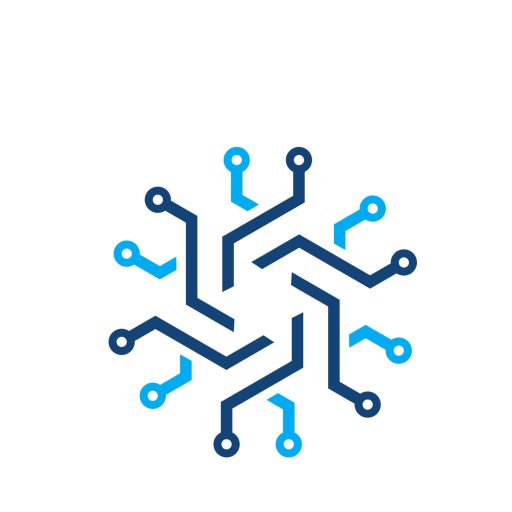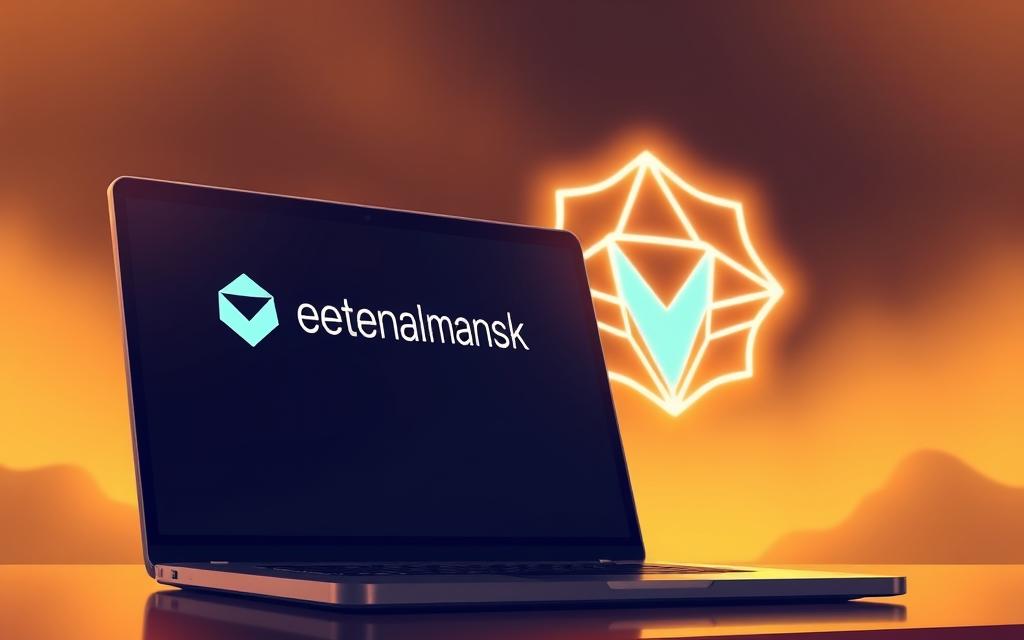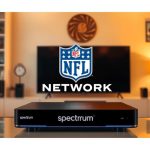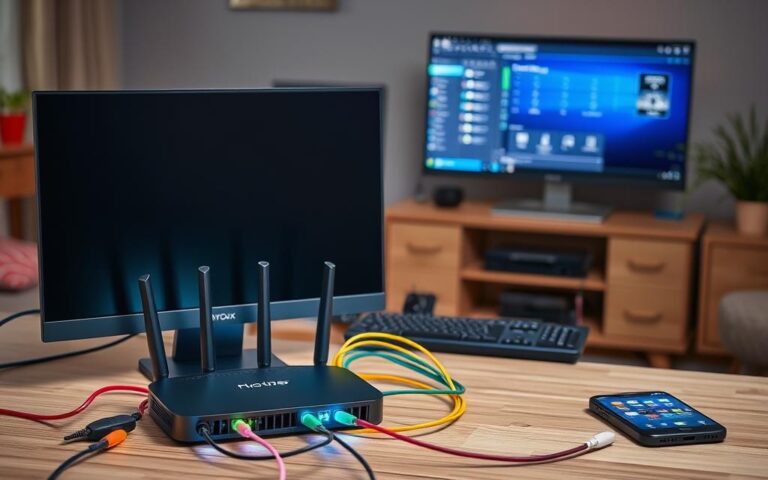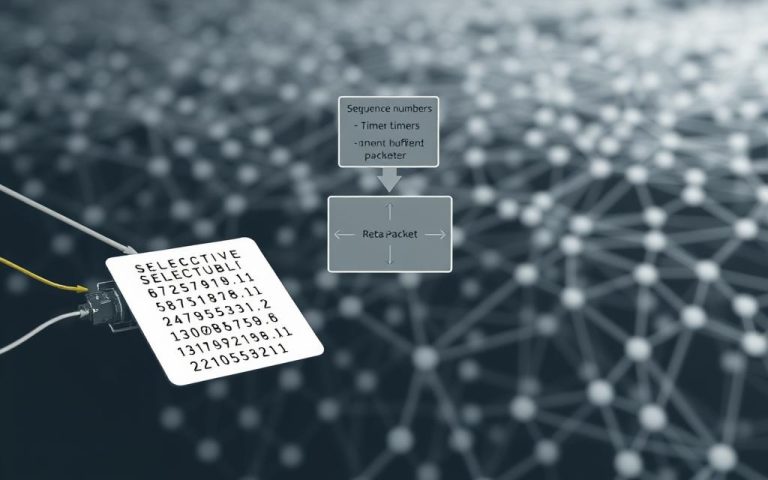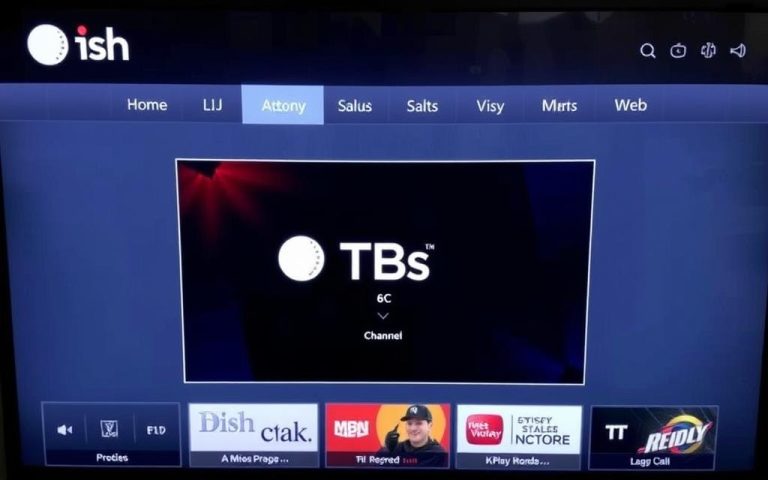How to Add Solana Network to MetaMask: Easy Guide
MetaMask is a favorite among crypto enthusiasts for its user-friendly interface and support for Ethereum-based assets. However, users who have discovered Solana and its fast transactions and low fees may wonder if they can integrate it with MetaMask.
At first glance, it may seem impossible due to MetaMask being built around Ethereum’s blockchain. Nevertheless, there’s a workaround. This guide will walk you through the process of adding the Solana network to your MetaMask wallet, exploring the compatibility challenges and solutions, including bridge wallets and Wrapped Solana (wSOL).
By the end of this article, you’ll understand how to manage your Solana assets through MetaMask and navigate between these two powerful blockchain ecosystems.
Understanding the Compatibility Challenge
Understanding the compatibility challenge between MetaMask and Solana is crucial for users who want to manage their Solana assets within the MetaMask ecosystem. The primary issue stems from the different architectures of these two blockchain platforms.
Why MetaMask Doesn’t Natively Support Solana
MetaMask is designed to support Ethereum-compatible blockchains, such as Ethereum, Binance Smart Chain, and Polygon, which all utilize the Ethereum Virtual Machine (EVM). In contrast, Solana operates on a different architecture, using the Rust programming language and a unique consensus mechanism called Proof of History (PoH). This fundamental difference in architecture means that MetaMask cannot natively interact with the Solana blockchain or support SOL tokens directly.
The Difference Between Ethereum and Solana Architecture
The architectural differences between Ethereum and Solana are significant. Ethereum prioritizes decentralization and security, using the Solidity programming language. Solana, on the other hand, focuses on scalability and transaction speed. This difference is highlighted in the following table:
| Feature | Ethereum | Solana |
|---|---|---|
| Programming Language | Solidity | Rust |
| Consensus Mechanism | Proof of Stake (PoS) | Proof of History (PoH) |
| Primary Focus | Decentralization, Security | Scalability, Speed |
Option 1: Using Phantom Wallet as a Bridge
Phantom Wallet acts as a translator between MetaMask and Solana, allowing for a more unified management experience. This approach enables users to leverage the strengths of both ecosystems.
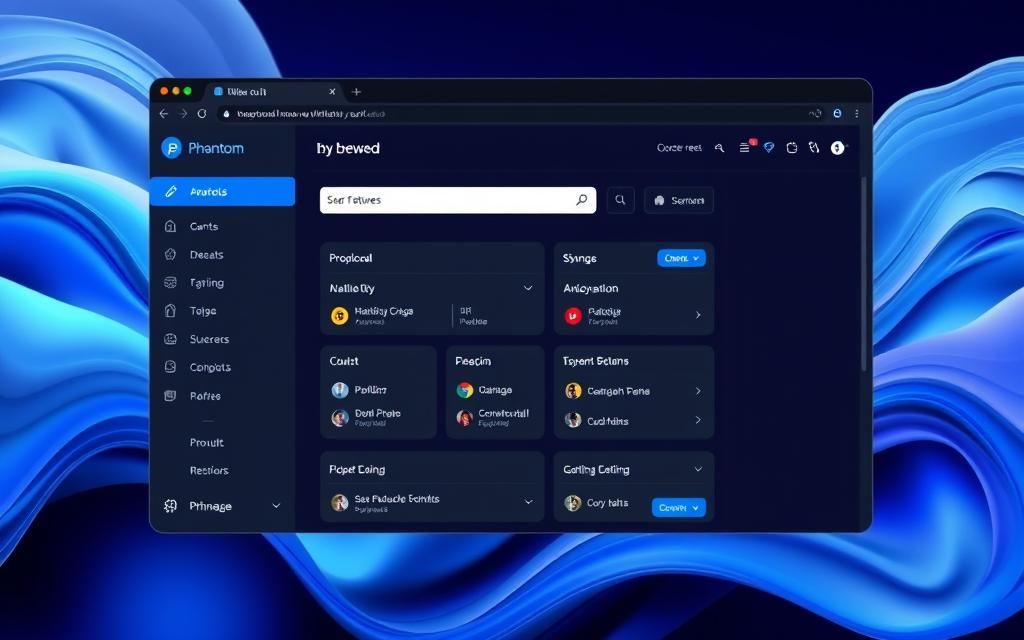
Setting Up Phantom Wallet
The process begins with installing the Phantom Wallet browser extension, which provides a dedicated interface for managing Solana assets. After installation, users can create a new wallet or import an existing one, ensuring their Secret Recovery Phrase is stored securely.
Connecting Phantom to MetaMask
The connection process involves exporting the private key from Phantom and importing it into MetaMask. This creates a linked account, enabling cross-wallet asset management and allowing users to manage Solana assets through MetaMask.
Managing Solana Assets Through This Method
Once connected, users can send SOL from Phantom to the connected MetaMask address and view these assets within the MetaMask interface. This method allows users to maintain their primary MetaMask wallet while accessing Solana’s high-speed, low-fee blockchain.
Option 2: How to Add Solana Network to MetaMask Using Solflare
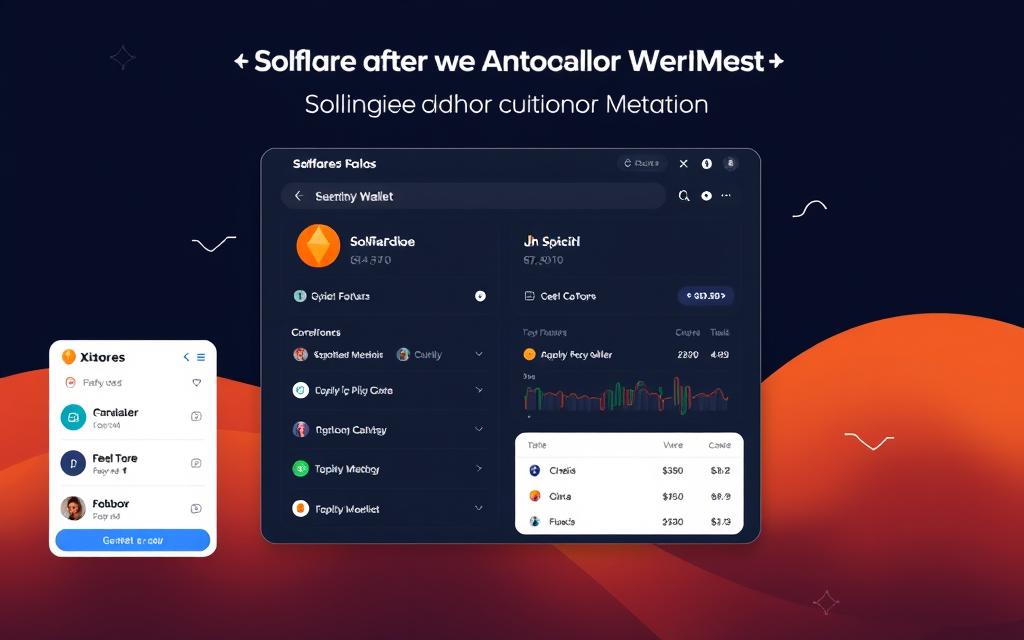
By leveraging MetaMask Snaps, Solflare enables users to connect their Solana wallets directly to MetaMask, creating a more integrated experience for managing multi-chain assets.
Installing MetaMask Snaps for Solana Support
To begin, users need to install the Solana Wallet Snap within their MetaMask wallet. This involves accessing the “Snaps” section in the MetaMask expanded view and searching for the Solana Wallet Snap. Once installed, this Snap enables native support for Solana within MetaMask.
Connecting Solflare with MetaMask
After installing the Solana Wallet Snap, users can connect their MetaMask wallet to the Solflare platform. Solflare serves as a specialized interface for managing Solana assets, maintaining the security features of MetaMask. This connection allows for a unified experience in managing both Solana and Ethereum-based assets.
Transferring and Managing SOL Assets
With Solflare connected to MetaMask, users can transfer SOL tokens between wallets, interact with Solana-based dApps, and manage their Solana assets alongside their Ethereum holdings. This integration provides a seamless experience, eliminating the need to switch between different wallet applications.
Benefits of Using Solflare with MetaMask: This method offers a consolidated view of crypto assets, allowing users to manage everything through the familiar MetaMask interface. It’s particularly valuable for users deeply invested in the MetaMask ecosystem who want to minimize the use of multiple wallet interfaces.
Using Wrapped Solana (wSOL) with MetaMask
For users looking to interact with Solana assets within MetaMask, Wrapped Solana (wSOL) offers a viable alternative. This method allows users to access Solana’s value without directly connecting to the Solana network.
What is Wrapped Solana?
Wrapped Solana (wSOL) is essentially a tokenized representation of SOL that operates on Ethereum-compatible blockchains, such as Binance Smart Chain (BSC). This compatibility makes wSOL accessible to MetaMask users, as it can be imported into the wallet like any other token on the BSC network.
Adding wSOL to MetaMask via Binance Smart Chain
To add wSOL to MetaMask, users must first ensure that their wallet is configured to the Binance Smart Chain network. This involves adding the BSC network details to the wallet settings. Once BSC is set as the active network, users can import wSOL by obtaining its contract address from platforms like CoinMarketCap and using it to add the token to MetaMask. As emphasized by industry experts, “Using wrapped tokens like wSOL can simplify interactions across different blockchain ecosystems.” It’s crucial to understand that while wSOL represents SOL, it’s not the native token and may involve additional considerations such as liquidity and conversion fees.

By utilizing wSOL, users can manage their Solana assets within the Ethereum ecosystem, leveraging the benefits of both worlds. However, it’s essential to be aware of the steps involved in unwrapping these tokens if direct interaction with native Solana applications is required.
Buying and Transferring Solana to Your Connected Wallet
After setting up your preferred wallet connection with MetaMask, the next crucial step is acquiring Solana (SOL) tokens. This process involves purchasing SOL on a cryptocurrency exchange and then transferring it to your connected wallet.
Purchasing SOL on Exchanges
Major cryptocurrency exchanges like Binance, Coinbase, and Kraken offer straightforward ways to buy Solana using fiat currency or other cryptocurrencies. When choosing an exchange, consider factors such as fee structures, liquidity, and user experience. For instance, Binance is known for its low fees and high liquidity, while Coinbase is praised for its user-friendly interface.
Transferring SOL to Your Phantom or Solflare Wallet
After purchasing SOL, you’ll need to withdraw it to your Solana wallet address, either Phantom or Solflare, connected to your MetaMask setup. It’s crucial to double-check the wallet address to avoid sending SOL to an incompatible wallet, such as an Ethereum address in MetaMask, which would result in permanent loss of funds.
Important Safety Considerations
When managing crypto assets across multiple wallets and platforms, security is paramount. Users should employ strong passwords, enable two-factor authentication, and store recovery phrases securely offline. Being aware of network fees, processing times, and minimum withdrawal amounts is also essential when transferring SOL.
Once your SOL is in your connected wallet, you can interact with Solana-based dApps, stake for passive income, or trade for other assets within the Solana ecosystem. Ensuring the security and integrity of your transactions is crucial for a seamless experience.
Conclusion
By leveraging alternative solutions, users can successfully bridge Solana with MetaMask. This guide has presented several viable methods to overcome the compatibility gap between the two platforms.
The methods explored include using Phantom Wallet as a bridge, connecting through Solflare with MetaMask Snaps, and utilizing Wrapped Solana on Binance Smart Chain. Each approach offers unique advantages depending on user needs and preferences.
Regardless of the chosen method, it’s essential to prioritize security by verifying addresses before transactions and keeping recovery phrases secure. As blockchain technology continues to evolve, we may see more native cross-chain compatibility between MetaMask and Solana, but until then, these workarounds provide effective solutions for managing Solana assets.
FAQ
Can I directly manage Solana assets within MetaMask?
No, MetaMask doesn’t natively support the Solana blockchain. However, you can use alternative methods like Phantom Wallet or Solflare to manage your Solana assets.
What is the difference between Solana and Ethereum architecture?
Solana and Ethereum have different architectures. Solana is designed for high-speed transactions and uses a proof-of-stake consensus mechanism, whereas Ethereum is currently transitioning to proof-of-stake from proof-of-work.
How do I use Phantom Wallet with MetaMask?
You can set up Phantom Wallet and connect it to MetaMask, allowing you to manage your Solana assets through the Phantom interface.
What is Wrapped Solana (wSOL), and can I use it with MetaMask?
Wrapped Solana (wSOL) is a tokenized version of SOL on other blockchains, such as Binance Smart Chain. You can add wSOL to MetaMask, enabling you to interact with Solana assets within the MetaMask ecosystem.
Is it safe to transfer SOL to my connected wallet?
Yes, but it’s essential to double-check the recipient address and ensure you’re using a reputable wallet or exchange to avoid potential losses.
Can I purchase SOL directly within MetaMask?
No, you need to purchase SOL on cryptocurrency exchanges and then transfer it to your connected wallet, such as Phantom or Solflare.
What are MetaMask Snaps, and do they support Solana?
MetaMask Snaps is a feature that allows developers to extend the functionality of MetaMask. Solflare, a Solana wallet, can be connected to MetaMask using MetaMask Snaps, enabling Solana support.
